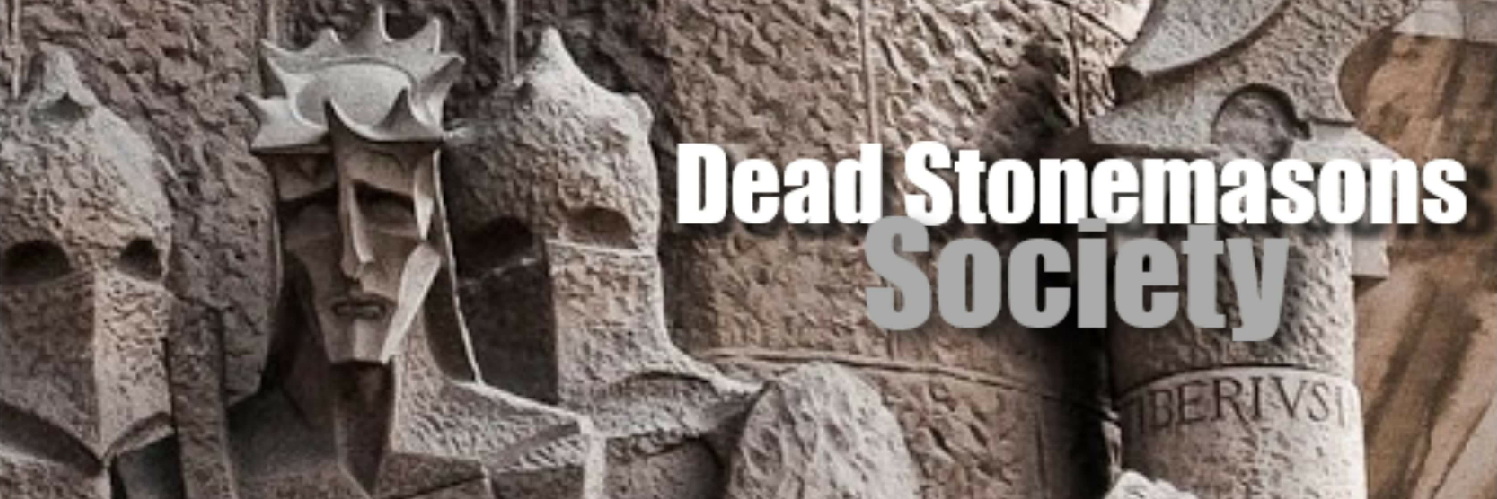


Stones :- #Geology #Mineralogy #Stonemasonry #Stonemasons
Stones :- #Historical #Mythological #Legendary Large and Small
#Structures #Archaeology #Palaeontology #Engineering and Some #Stones
This profile is from a federated server and may be incomplete. Browse more on the original instance.